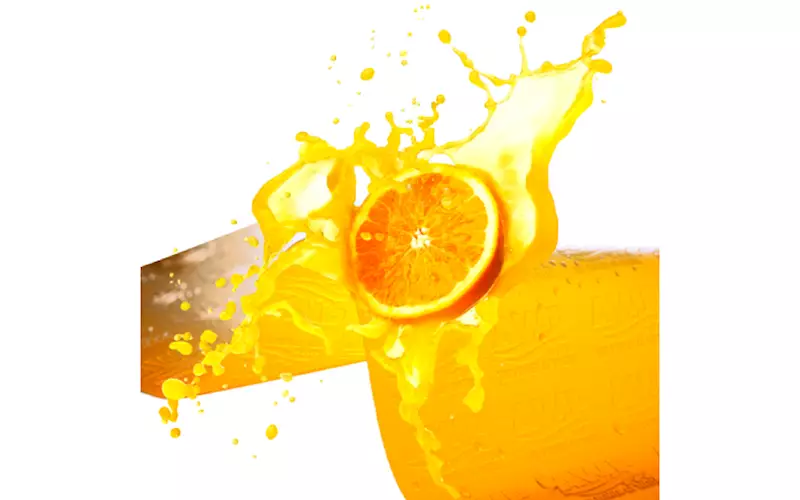Asahi to unveil CleanPrint at Labelexpo Europe 2019
Asahi Photoproducts, manufacturer of flexographic photopolymer plates, has confirmed its presence at Labelexpo Europe, scheduled from 24 to 27 September in Brussels, Belgium.
29 May 2019 | By Sujith Ail
Asahi will be located on stand 5A34 at the show and will be displaying an array of flexographic plates. Featured at the show will be Asahi’s CleanPrint.
“Since Asahi first brought to market its innovative flexographic plate technology, which enabled the complete release of ink onto the substrate for a cleaner image and fewer press stops for plate cleaning, our thoughts about the value of the technology have evolved,” said Dr Dieter Niederstadt, technical marketing manager, Asahi.
According to Asahi, its flexo plates eliminate the need for volatile solvents in the platemaking process, speed up the process to consume less energy and deliver the same high quality and press productivity. It also claims that Asahi's technology reduces makeready times and waste as well as the amount of time the press needs to run.
“All of these benefits add up to a much cleaner platemaking and flexographic printing process that can be achieved with any other plates on the market,” added Dr Dieter Niederstadt.
At Labelexpo, Asahi will be featuring its popular AWP-DEW water-washable plates, the first to use CleanPrint technology. “Our plan is to migrate this technology to other plates in our portfolio over time,” Niederstadt added, “to ensure our customers can print cleanly on the widest array of substrates in the market.”
Benefits of Asahi CleanPrint
Asahi CleanPrint is designed to facilitate kiss touch printing pressure.
Lighter printing pressure ensures constant repeatability of printing quality during the production run as well as longer plate life.
This characteristic is achieved with Asahi-engineered photopolymer chemistry that reduces the surface energy of the printing plate and enables better ink transfer to the substrate during printing.
CleanPrint has the beneficial effect of reducing ink filling in the mid-tone area during the print run, leading to fewer cleaning intervals and less press downtime.
Niederstadt concluded, “Our customers are ecstatic about the quality of the print they can deliver while also achieving as much as 50% less makeready time and 30% or more improvement in OEE.”














 See All
See All